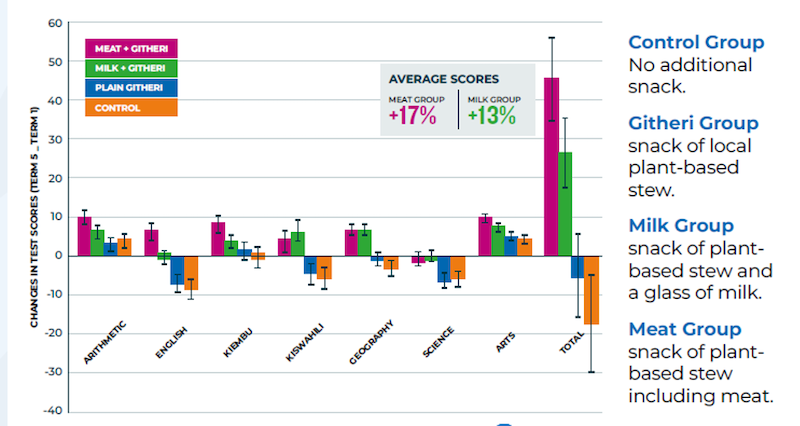Chicken – Nourishing those who need it most
As a global community, we all share the goal of a hunger-free world, as outlined in the United Nations’ Sustainable Development Goal (SDG) #2: Zero Hunger.
Chicken plays a vital role in this mission as a nutritious, affordable, and widely available food that supports the well-being of people everywhere. For those most in need, like the elderly and young children, chicken’s unique benefits make it an essential part of a healthy diet. By embracing sustainable practices and prioritizing animal welfare, we’re not just providing food – we’re helping nourish lives and build a more food-secure world.
Not all proteins are equal
New research highlights a key difference between animal and plant-based proteins: bioavailability – the body’s ability to absorb and use nutrients. According to Purdue University, two ounces of animal protein deliver more essential amino acids (EAAs) than the same amount of plant protein. For communities with limited access to nutritious food, chicken’s ability to provide these vital nutrients makes it an invaluable source of health and well-being.
Chicken – A healthy, planet-friendly choice
Chicken offers a winning combination of nutrition and sustainability. As a lean, complete protein, it contains all the essential amino acids along with iron, zinc, omega-3s, collagen, and brain-supporting B vitamins like B12. These nutrients benefit the heart, brain, mood, and overall health (sources: Animal Frontiers and Signos). Chicken’s affordability and availability make it a staple in diets worldwide, while ongoing improvements in farming and feed efficiency reduce its environmental impact, making it a smart choice for the planet.
Benefits for children
For growing children, chicken provides the nutrients needed to support brain development, energy, and overall growth. Studies show that children who include animal proteins like chicken in their diet perform better academically, scoring higher on cognitive tasks and standardized tests. For example, a school study in Kenya revealed that children who ate meat as part of their morning snack consistently scored better in class compared to those with meat-free meals.

Chicken’s high-quality protein and essential amino acids are especially vital for young children, supporting muscle growth, energy levels, and brain health. The World Health Organization highlights animal proteins like chicken as ideal for children aged 6 to 23 months, helping them grow and thrive (source: Parenting Healthy Babies).

Good for the elderly
For older adults, chicken is a gentle yet powerful source of nutrition. It helps maintain muscle mass, supports brain health, and provides choline and B12—nutrients essential for cognitive function, especially as the body’s ability to absorb B12 decreases with age (sources: Signos and Wiley Online Library). Its softer texture makes it easy to chew and digest, while its low saturated fat content supports heart health (source: Verywell Health).
Chicken also has mental health benefits. Research by nutrition expert Dr. Georgia Ede highlights how including meat in the diet can reduce the risk of depression and anxiety in older adults, promoting a better quality of life (source: Change your diet, Change your mind).
Chicken – Helping achieve zero hunger
Chicken is more than just a meal—it’s a lifeline for vulnerable populations, from growing children to aging adults. Nutritious, sustainable, and accessible, chicken is helping communities around the world move closer to achieving the goal of Zero Hunger. By providing essential nutrients and promoting food security, chicken plays a vital role in building a healthier, more sustainable future for all.